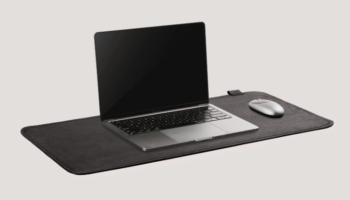In the quest for a slimmer and more sculpted physique, innovative methods continue to emerge, and one that has gained popularity in recent years is CoolSculpting. This non-invasive, non-surgical procedure, also known as “fat freeze,” has become a buzzword in the world of cosmetic enhancements. But what exactly is CoolSculpting, and how does it work? In this article, we will delve into the science behind this groundbreaking technology and explore its effectiveness in eliminating stubborn fat.
Understanding CoolSculpting
CoolSculpting, scientifically known as cryolipolysis, is a revolutionary fat reduction method that has gained popularity for its ability to target and eliminate stubborn pockets of fat without the need for surgery or extensive downtime. Developed by Harvard scientists, this FDA-approved procedure works on the principle that fat cells are more susceptible to cold temperatures than surrounding tissues.
The Science Behind CoolSculpting
The CoolSculpting process relies on a basic principle known as selective cryolipolysis, which means that fat cells freeze at a higher temperature than other tissues, like skin and muscles. During a CoolSculpting treatment, a specialized device is applied to the target area, where it suctions the skin and fat into an applicator. The controlled cooling technology then exposes the fat cells to sub-zero temperatures, causing a natural process called apoptosis.
Apoptosis is the body’s way of naturally eliminating damaged or unnecessary cells. When fat cells are exposed to cold temperatures during a CoolSculpting session, they crystallize and die. Over time, the body’s lymphatic system clears away these damaged fat cells, gradually reducing the fat layer in the treated area.
The remarkable aspect of CoolSculpting is that it targets fat cells specifically, leaving the surrounding tissues unharmed. This makes it a safe and effective way to reduce localized fat deposits, such as love handles, belly bulges, thigh fat, and more.
The CoolSculpting Procedure
- Consultation: The journey to a more sculpted body begins with a consultation with a licensed CoolSculpting provider. During this initial meeting, your provider will assess your goals and determine if CoolSculpting is the right choice for you.
- Treatment: If CoolSculpting is recommended, you will schedule a treatment session. During the procedure, a gel pad and applicator are applied to the target area. The controlled cooling begins, and you may feel a sensation of pulling or mild cold.
- Results: Over the next few weeks and months, your body will naturally process and eliminate the damaged fat cells. Gradually, you will notice a reduction in the fat layer, resulting in a more contoured and slimmer appearance.
Benefits of CoolSculpting
- Non-Surgical: CoolSculpting is a non-invasive procedure, meaning there are no incisions, needles, or anesthesia required.
- No Downtime: Patients can typically resume their daily activities immediately after a CoolSculpting session.
- Natural-Looking Results: The gradual fat reduction process results in a natural-looking, more sculpted appearance.
- Long-Lasting: CoolSculpting provides long-lasting results, as treated fat cells do not return.
- Safe and FDA-Approved: CoolSculpting has been thoroughly tested and approved by the FDA for fat reduction.
Conclusion
CoolSculpting, or “fat freeze,” is a remarkable advancement in the field of non-surgical body contouring. Its science-based approach, targeting fat cells with controlled cooling, has made it a popular choice for individuals looking to eliminate stubborn fat deposits without the need for surgery. If you’re considering CoolSculpting, consult with a qualified provider to discuss your goals and determine if this innovative technology is the right choice for you. Achieve the sculpted, confident body you desire, thanks to the science behind CoolSculpting.






